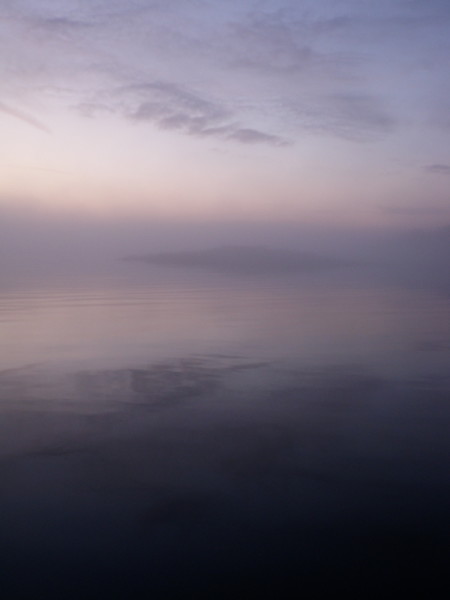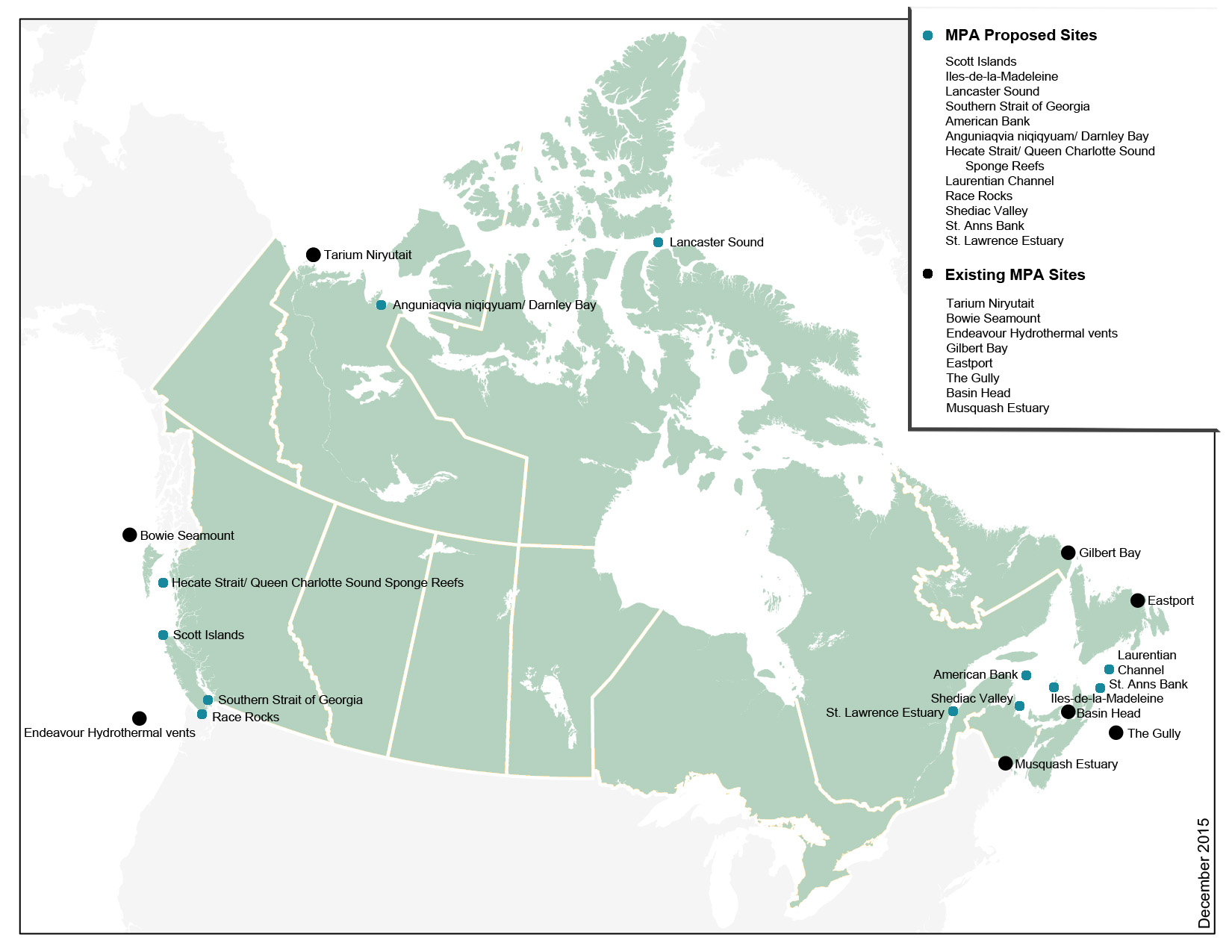More, better, faster: three words that will help Canada reach its ocean protection goals
WWF couldn’t have been happier when news emerged this week that Canada will indeed increase the portion of Canada’s marine and coastal areas that are protected to 5% by 2017 and 10% by 2020. This is a very important commitment, and one that will go a long way in keeping our oceans and the communities that depend on them healthy.

But how exactly will Canada accomplish this? We have the longest coastline in the world, after all, and jurisdiction over parts of the Atlantic, Pacific, and Arctic oceans. It’s an ambitious goal, but one that WWF is confident the government can accomplish in partnership with provinces and territories, academics, eNGOs and communities across the country. Also important is that this MPA mantra be kept top-of-mind: More. Better. Faster.
More
It’s big news that MPAs are high on the government agenda and have been since the first Ministerial mandate letters were released in October. But there’s still a lot to do – and not a lot of time to do it. As things currently stand, Canada needs to protect 8.7% of its oceans in just 5 years, which is more than we’ve been able do in over a decade.
To make sure this is done right, we need to designate existing protected area candidate sites on all coasts. St Anns Bank off the coast of Nova Scotia, Hecate Strait in British Colombia, Lancaster Sound in Canada’s eastern Arctic are a few that urgently need federal protection. And while this is happening, more could be done to protect some of Canada’s richest marine environments that aren’t already designated by making them off limits to fishing. The coral-rich Jordan Basin off Nova Scotia would be a good start for a closure like this.

Better
Only 1.3% of Canada’s oceans are officially “protected” in areas designated by federal, provincial or territorial governments, or by other groups. But not all of them offer the level of protection that species or features they aim to conserve need. Very little of our waters – only 0.11% – qualify as highly protected, meaning that no fishing or other extractive industries such as mining or oil and gas development are allowed. Even worse, few of these areas are effectively managed.
WWF thinks it’s important that protected areas are more than just lines on a map. The Laurentian Channel, for example, is a proposed MPA site that would allow oil and gas exploration and exploitation in 100% of its borders if it were designated today. Oil and gas activities pose a series of risks that are not compatible with the objectives of a MPA.
Faster
A big challenge of the 2020 goal is the speed at which it needs to happen. To maintain the “better” part of the equation alongside the “faster”, WWF suggests that the government amends the Oceans Act to allow for designation of multiple sites at once, but also includes minimum standards such as the exclusion of oil and gas, as well as limits to large-scale commercial fishing. To speed up the process, more resources are needed for MPA planning, science, consultations and implementation.
The federal Department of Fisheries and Oceans leads the MPA network planning process, but they can’t do it alone. They need to coordinate with Parks Canada, Environment Canada, provincial and territorial governments and also industry, eNGOs and many others to get MPAs designated. What this means is that we need everyone to work together so we get the most protection possible.
To ensure this is a success, action needs to happen on all three coasts. For the Arctic, in particular, human caused climate change is impacting the area at an alarming rate. MPAs will help protect some of the North’s pristine sites and fragile species and ecosystems, while allowing traditional uses by Inuit.
While for most of us MPAs are hard to imagine, they still protect amazing wildlife and habitats, even if they aren’t easily accessible. Whether in the Atlantic, the Pacific or the Arctic, we need more MPAs, and we need to ensure that they are of the best quality possible, and they’re established as quickly as possible for Canada to reach its 10% goal by 2020.

